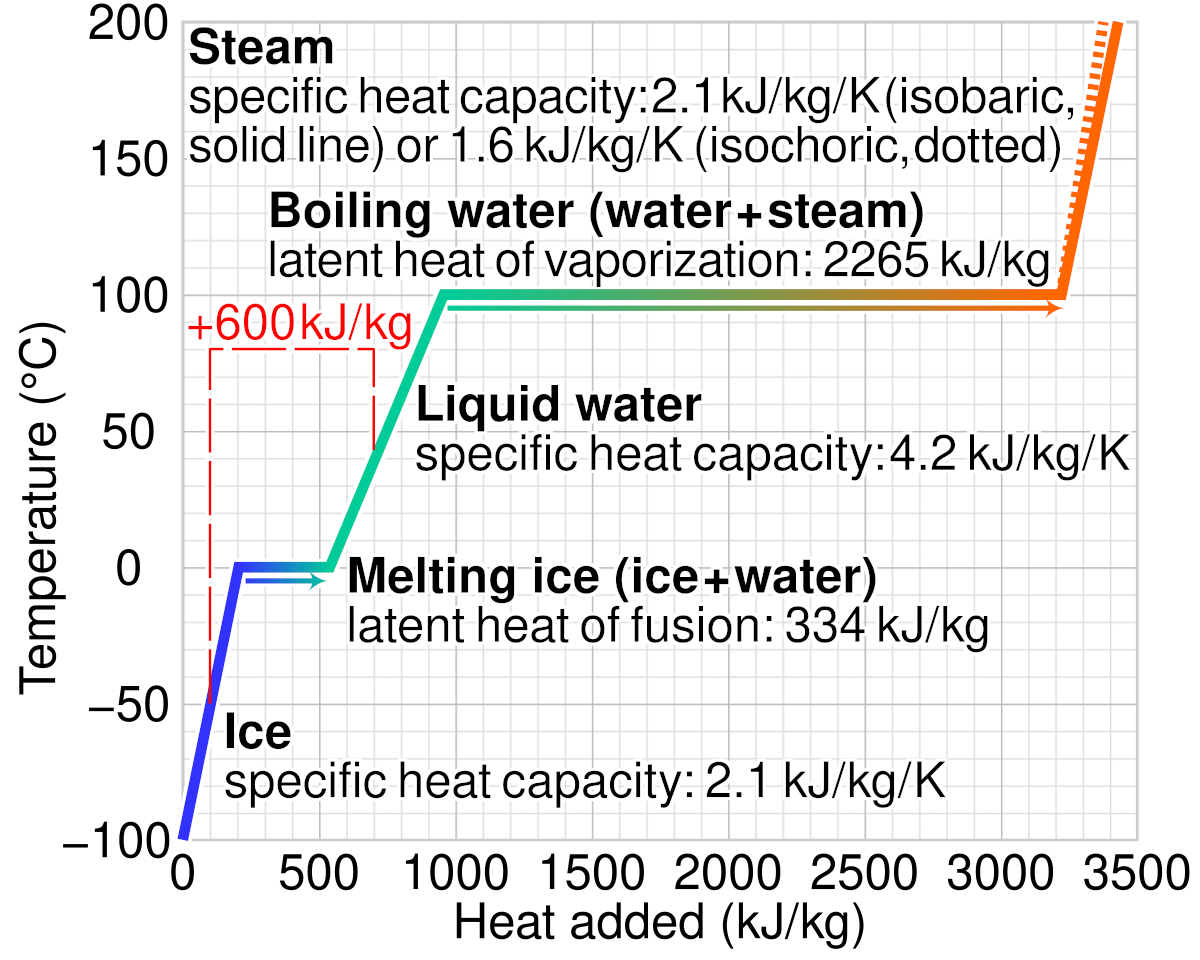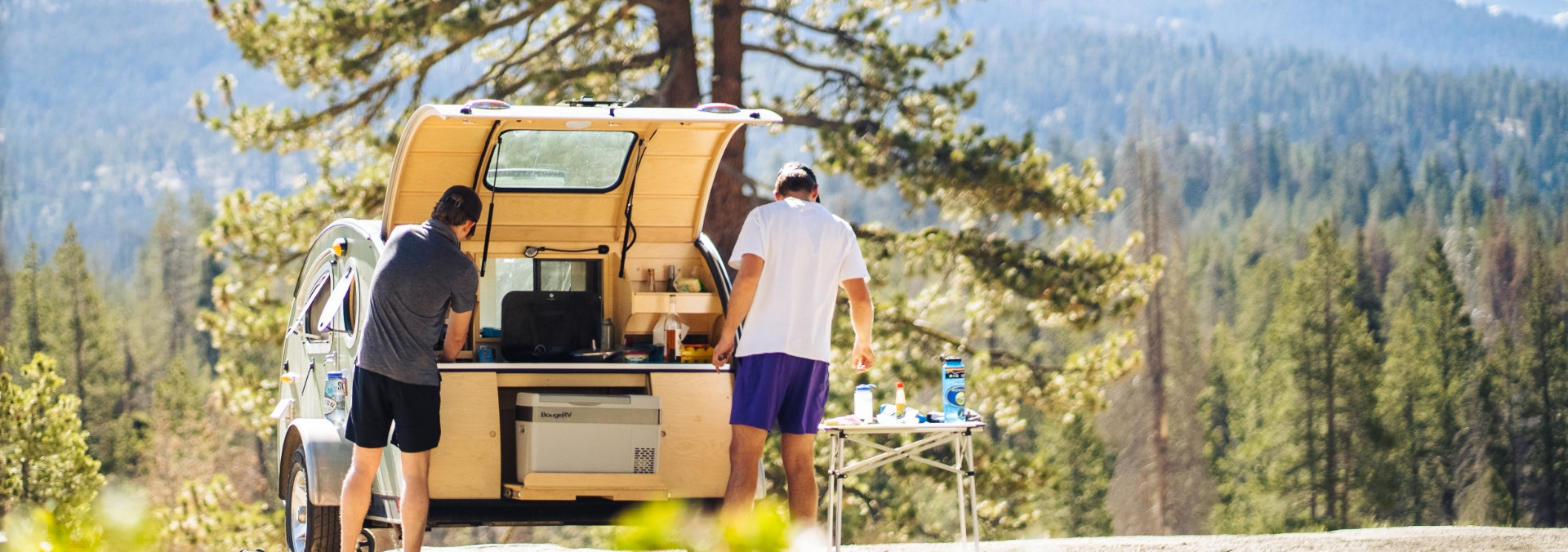Hedges
I See Electromagnetic Fields!
- Joined
- Mar 28, 2020
- Messages
- 21,805
There isn't any reason a chest freezer can't be converted to a freezer at one end and a refrigerator in the volume that remains.
Upright refrigerators w/freezers and upright freezers seem to use more electricity not only because they may have less insulation, but also to the fact they all have defrost cycles.
That could probably be done, so long as cooling coils only cool one end.
I've converted an upright side-by-side in the other direction, to all freezer. I replaced the refrigerator temperature thermostat with a freezer temperature one, and removed the adjustable baffle between freezer and refrigerator compartments.

Converting a refrigerator/freezer to freezer only
My upright Frigidaire deep-freeze wasn't freezing anything more concentrated than ice cubes any more. Things were mushy and spoiling. Maybe it just needs a refrigerant recharge; I'll look into that later. Went to the store and found they all have 60 or 90 day delivery. Only come out of China...
The way the fridge/freezer works is by chilling the freezer side until refrigerator side reaches desired temperature (e.g. 35 degrees F). The baffle is a crude method to ensure freezer side is much colder. Maybe if operated in a 35 degree environment, the refrigerator side would never get warm enough to activate thermostat, so all the frozen food would thaw?






